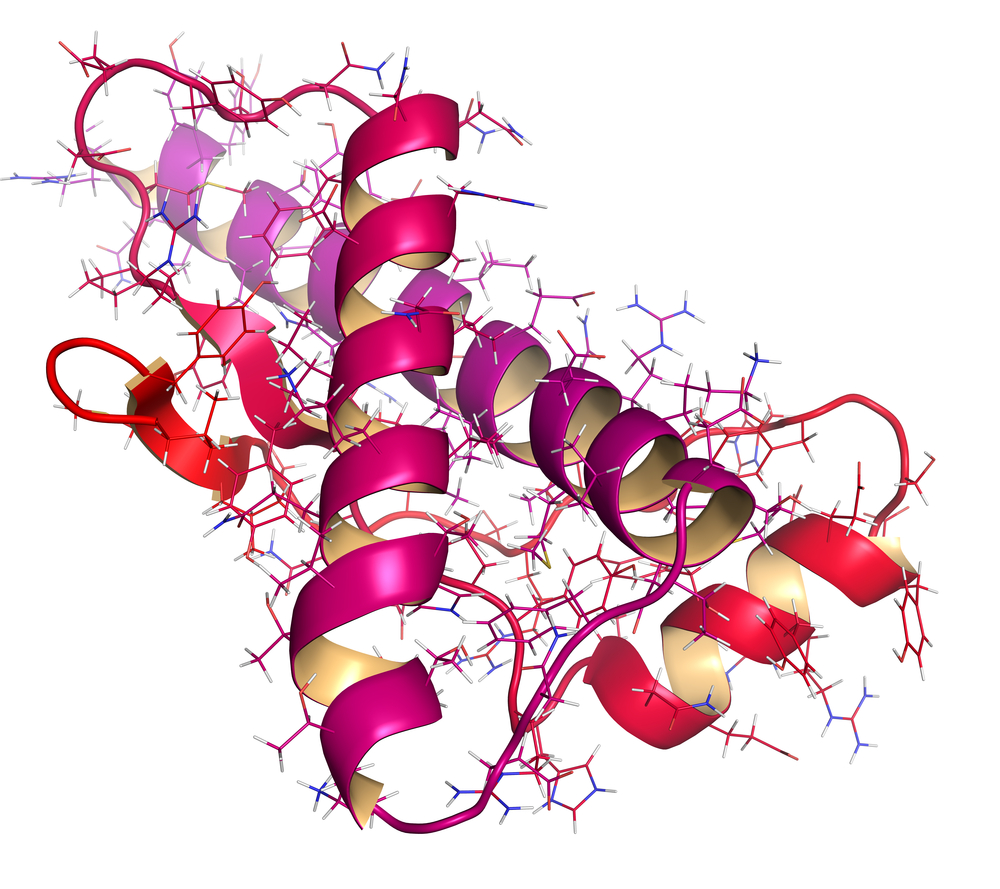New Review Focuses on Parkinson’s and Alzheimer’s Diseases And Their Link to Prions

Dr. Michel Goedert from the Laboratory of Molecular Biology, Medical Research Council in the United Kingdom recently published in the journal Science a review on the mechanisms underlying Parkinson’s and Alzheimer’s diseases and their similarity to prion diseases. The study is entitled “Alzheimer’s and Parkinson’s diseases: The prion concept in relation to assembled Aβ, tau, and α-synuclein”.
Parkinson’s disease is a neurodegenerative movement disorder that develops gradually, ultimately leading to serious difficulties in speaking, locomotion, coordination and balance. Alzheimer’s disease is linked to dementia and is characterized by cognitive and behavioral problems that lead to behavior and personality changes, a decline in cognitive abilities and ultimately to severe loss of mental function. Both disorders are the most common human neurodegenerative diseases, together affecting 50 million people worldwide. The incidence of both Parkinson’s and Alzheimer’s increases with age.
Both disorders are characterized by the fact that particular proteins get misfolded (adopt an incorrect structural shape), potentially becoming toxic for nerve cells or brain connections. In Parkinson’s disease the misfolded protein that accumulates within neurons is called alpha-synuclein. On the other hand, Alzheimer’s disease is characterized by the brain formation of extracellular amyloid plaques containing sticky beta-amyloid protein, and intraneuronal inclusions of a protein called tau.
Recent evidence has suggested that the abnormal protein aggregates in Parkinson’s and Alzheimer’s diseases behave similarly to prions. Prion diseases are a family of rare, progressive neurodegenerative disorders caused by prions – abnormal, pathogenic agents able to induce anomalous folding of specific proteins usually in the brain. Bovine spongiform encephalopathy (also known as “mad cow disease”) and its human equivalent, Creutzfeldt-Jakob disease are examples of prion diseases. The mechanism similarity between these human neurodegenerative diseases and prions has changed some of the concepts regarding these diseases.
RELATED: Promising Drug For Parkinson’s Disease Supports Fast Tracking to Clinical Trials
According to the author, it was believed that the mechanism behind Parkinson’s and Alzheimer’s development was cell-autonomous, meaning that the abnormal protein assembly would occur independently in a large number of cells in the brain. Now, research suggests that a non-cell-autonomous mechanism plays a key role in Parkinson’s and Alzheimer’s, where protein inclusion are thought to be generated in a small number of cells that over time spread in a deterministic manner to distant brain regions. The formation of the first amyloid-beta, tau and alpha-synuclein inclusions is most likely random. One important aspect in which Parkinson’s and Alzheimer’s differ from prion diseases is the fact that it has not been shown these disorders can be transmitted between individuals.
Dr. Goedert believes that new findings on the spread of pathological protein aggregates may offer new therapeutic approaches for neurodegenerative diseases, and suggests that further studies should be conducted on the proteins responsible for propagation and neurotoxicity.






